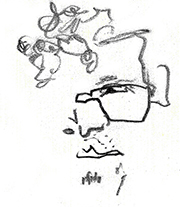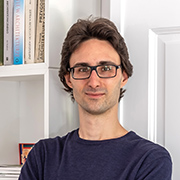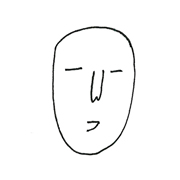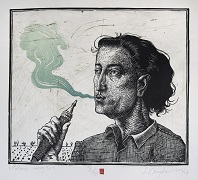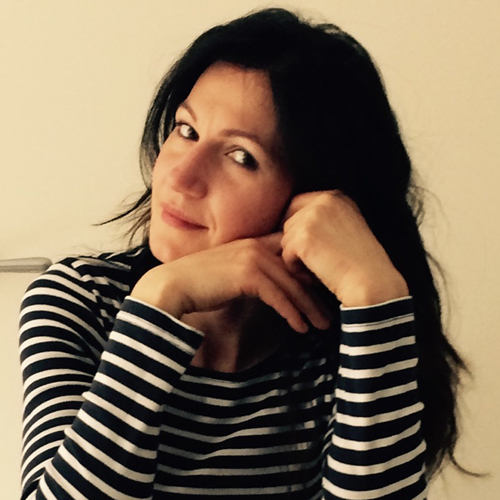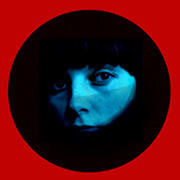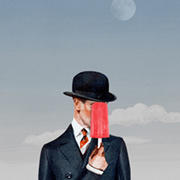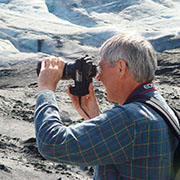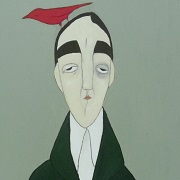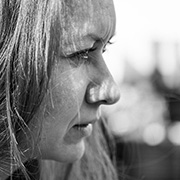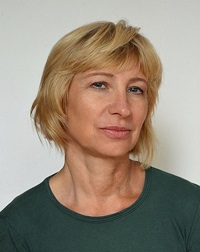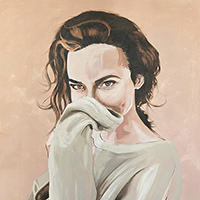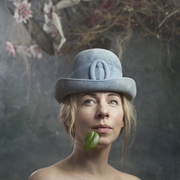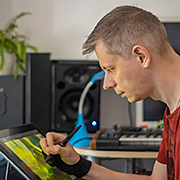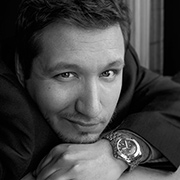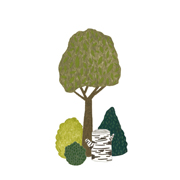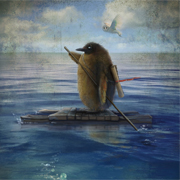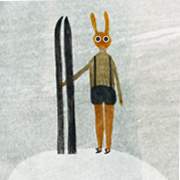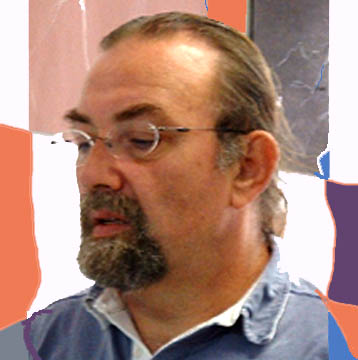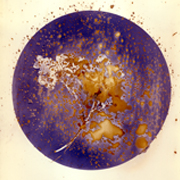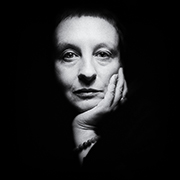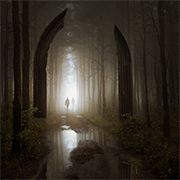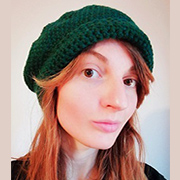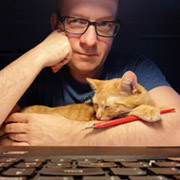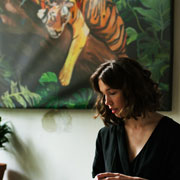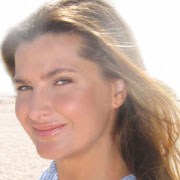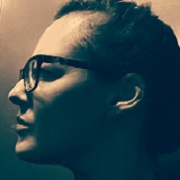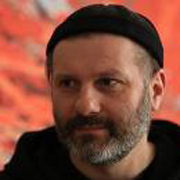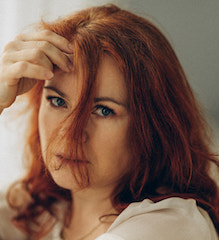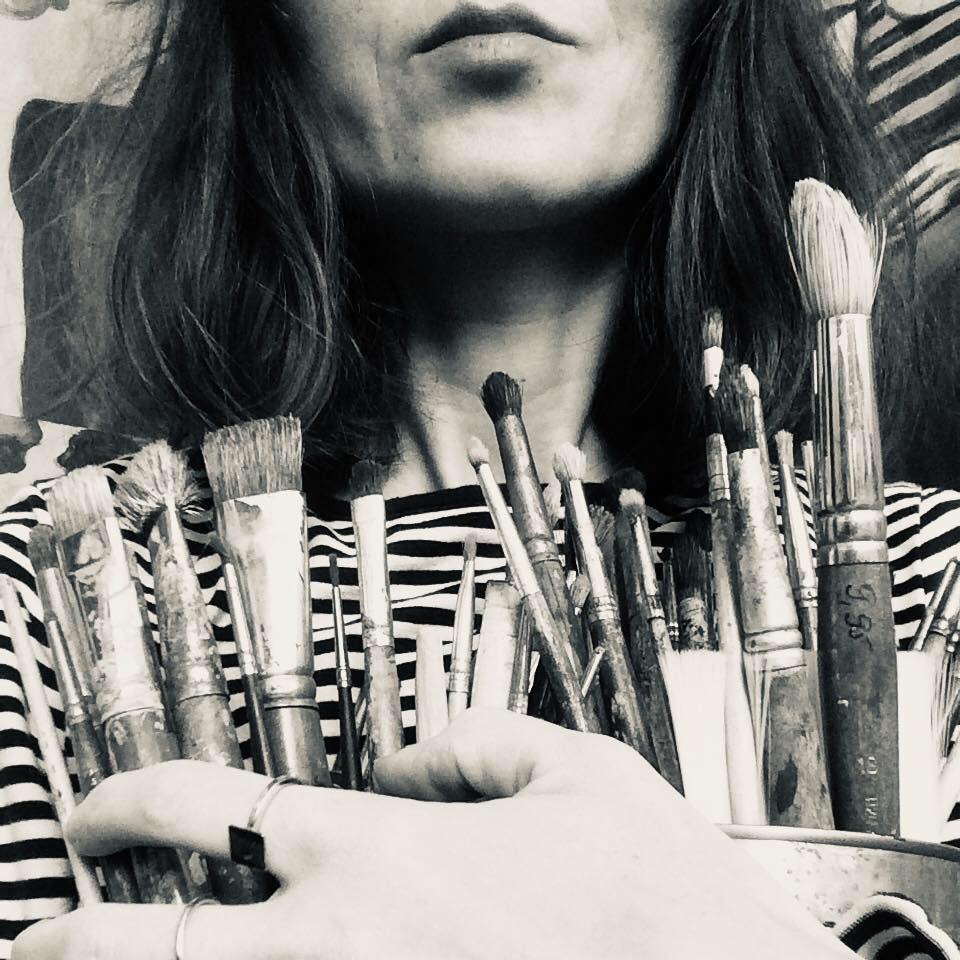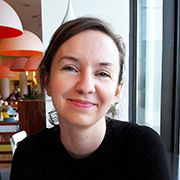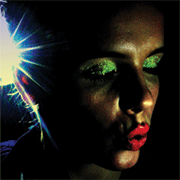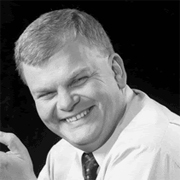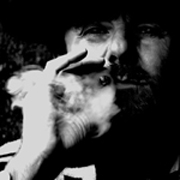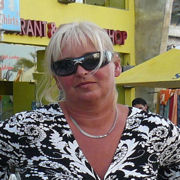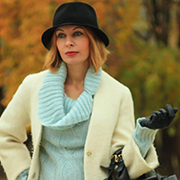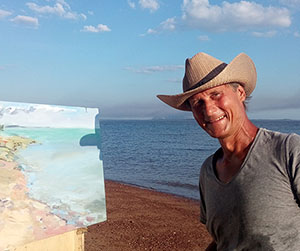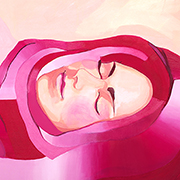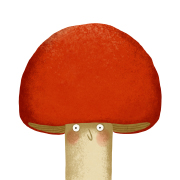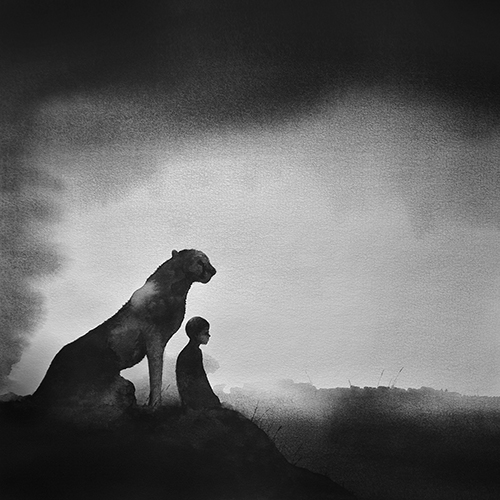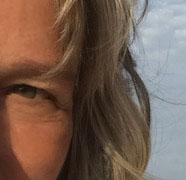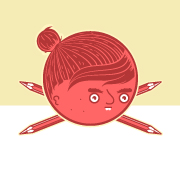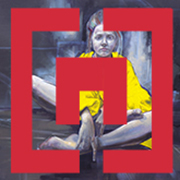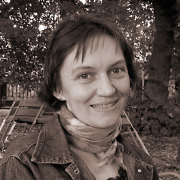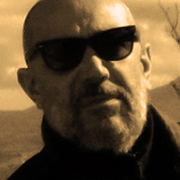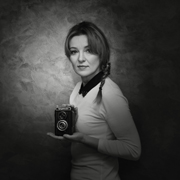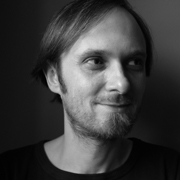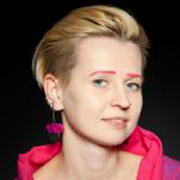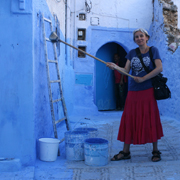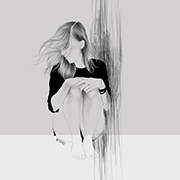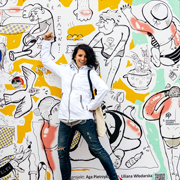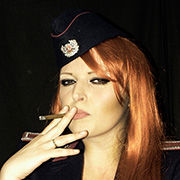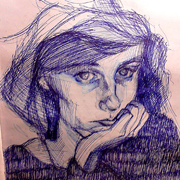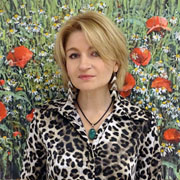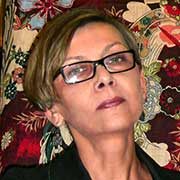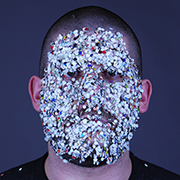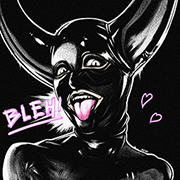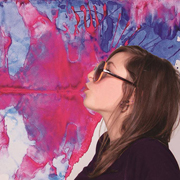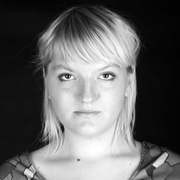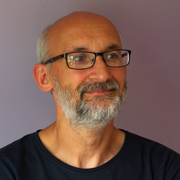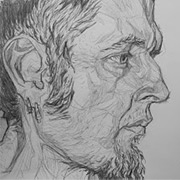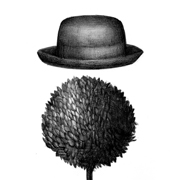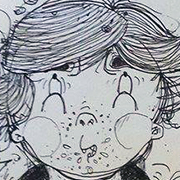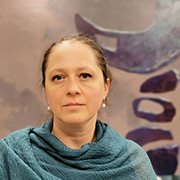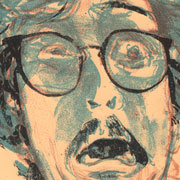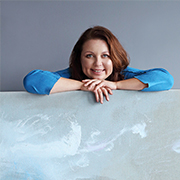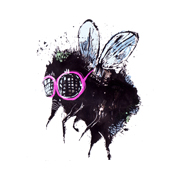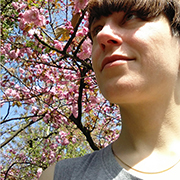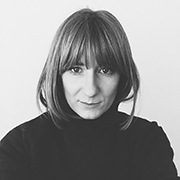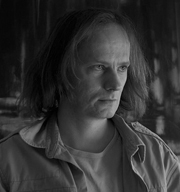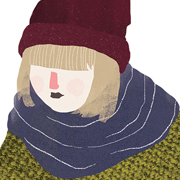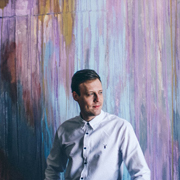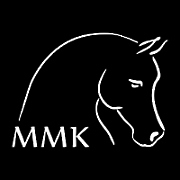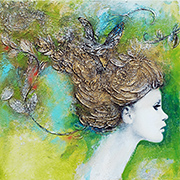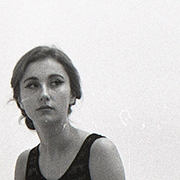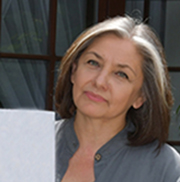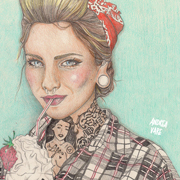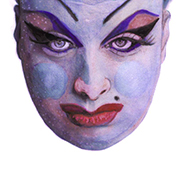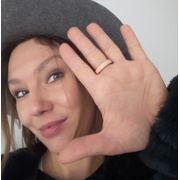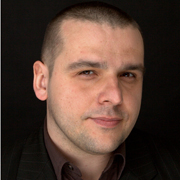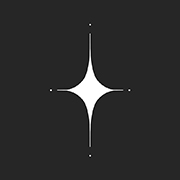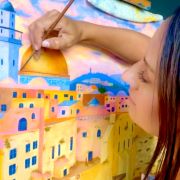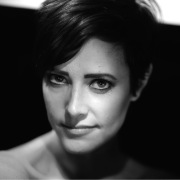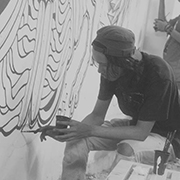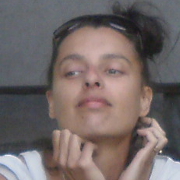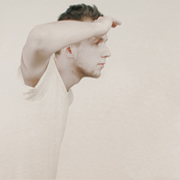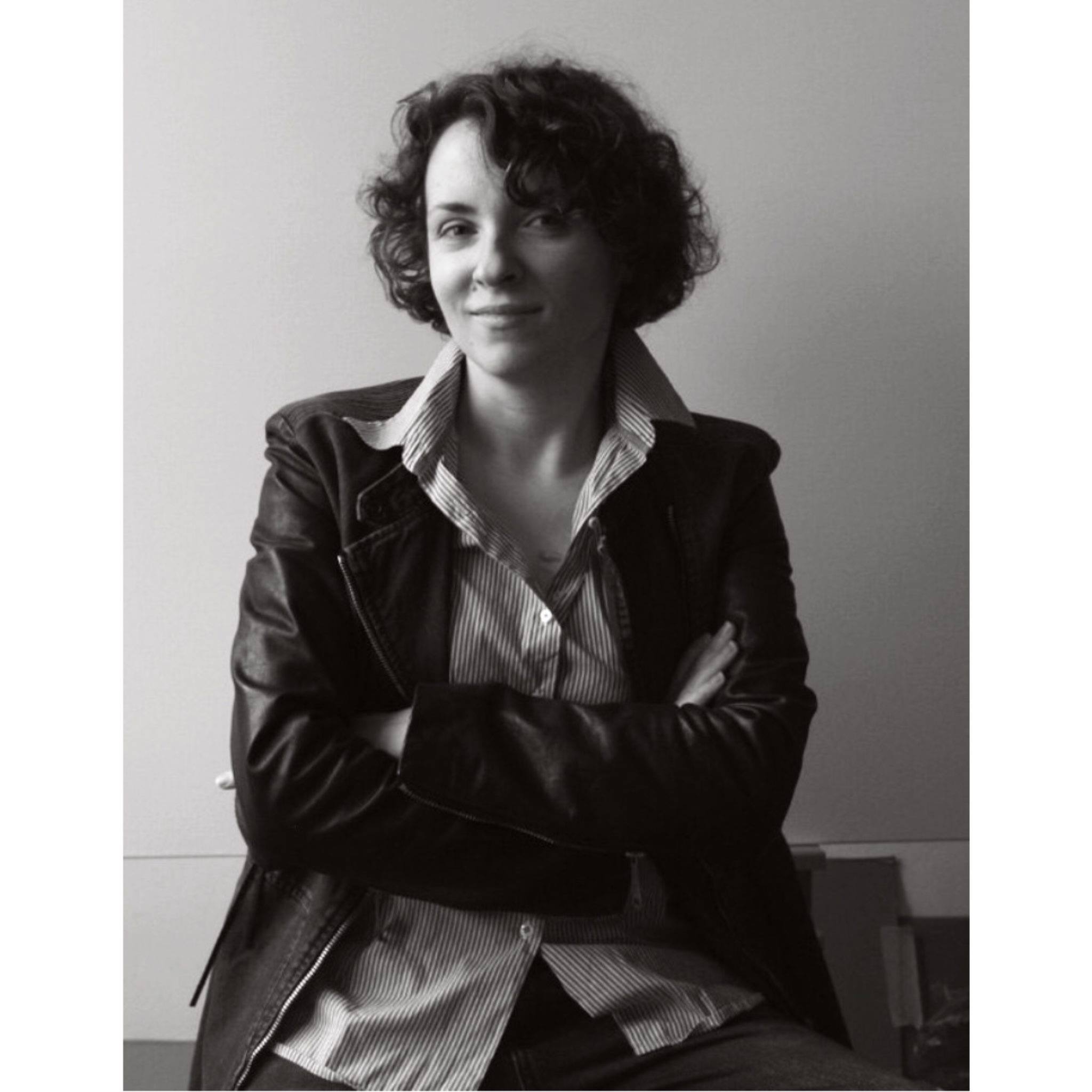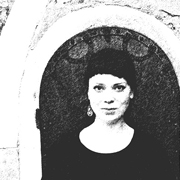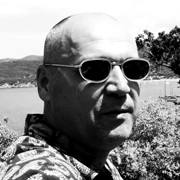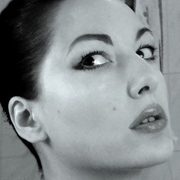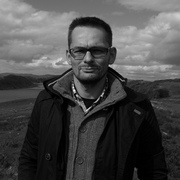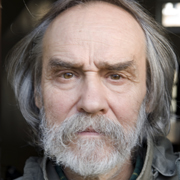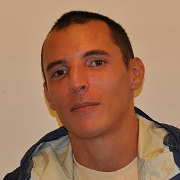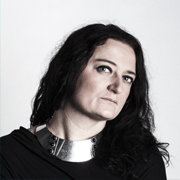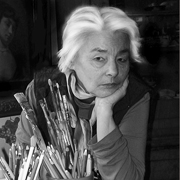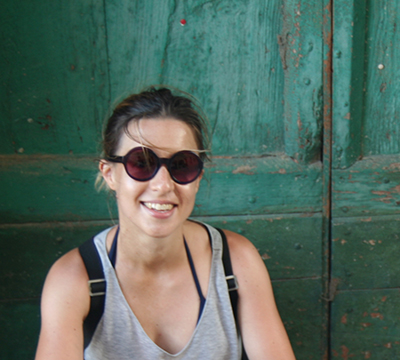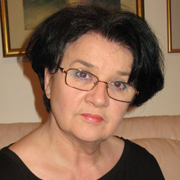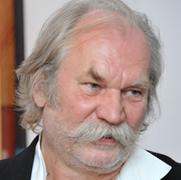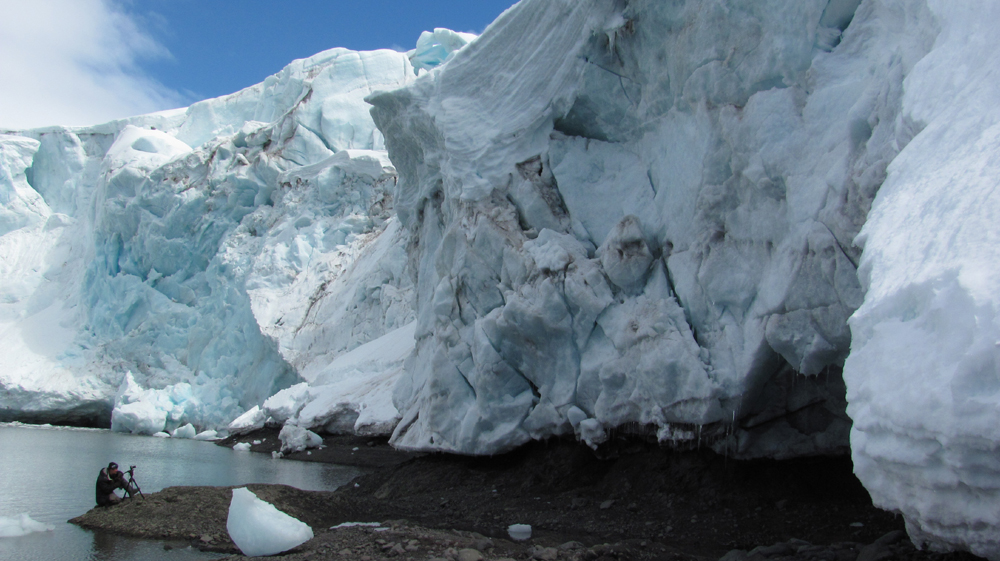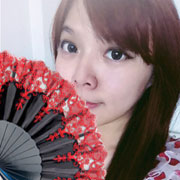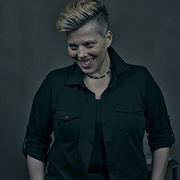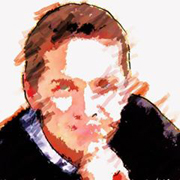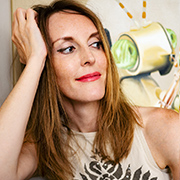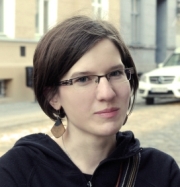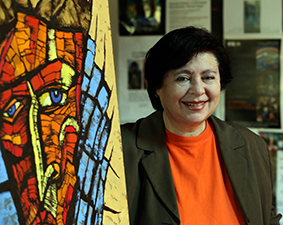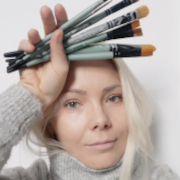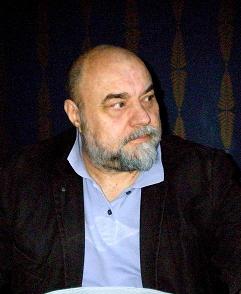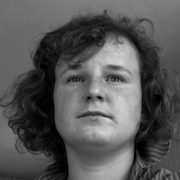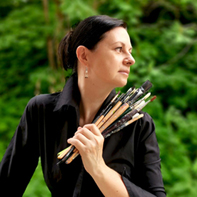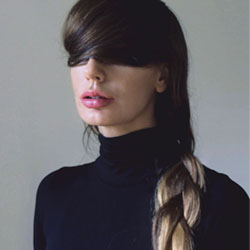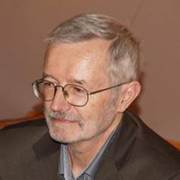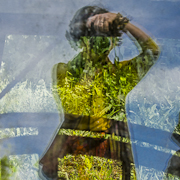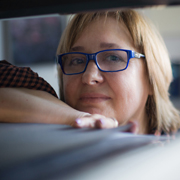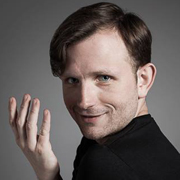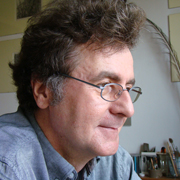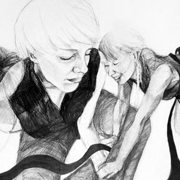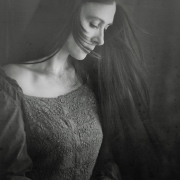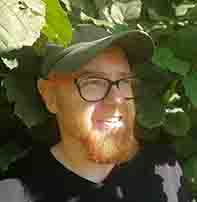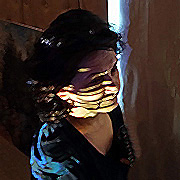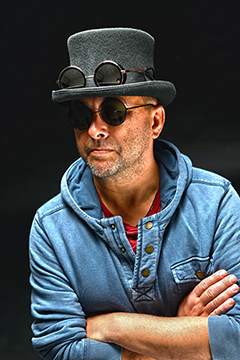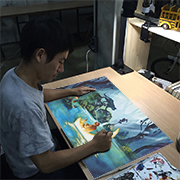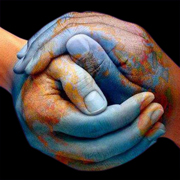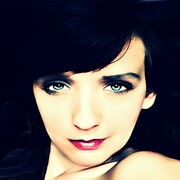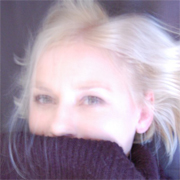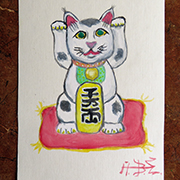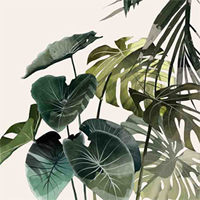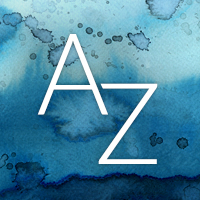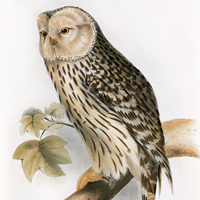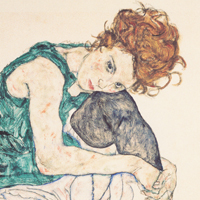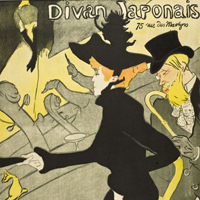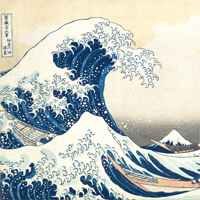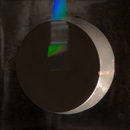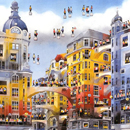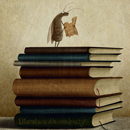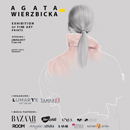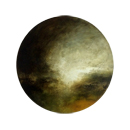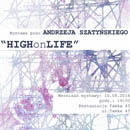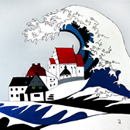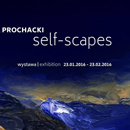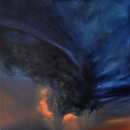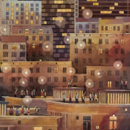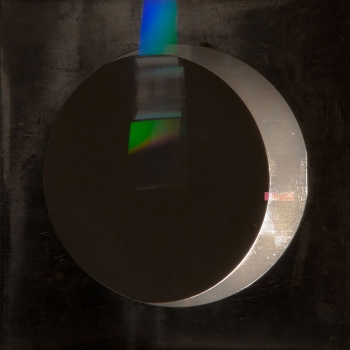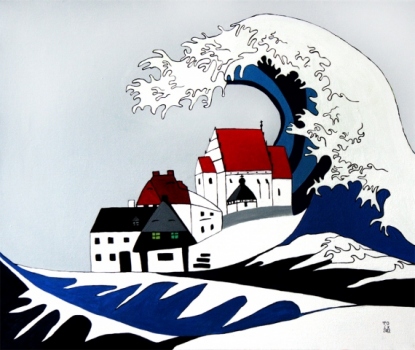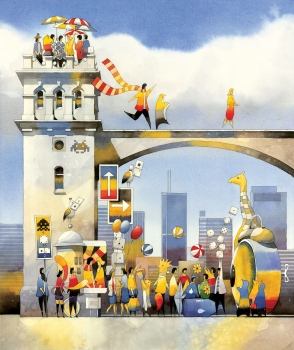2014-04-20
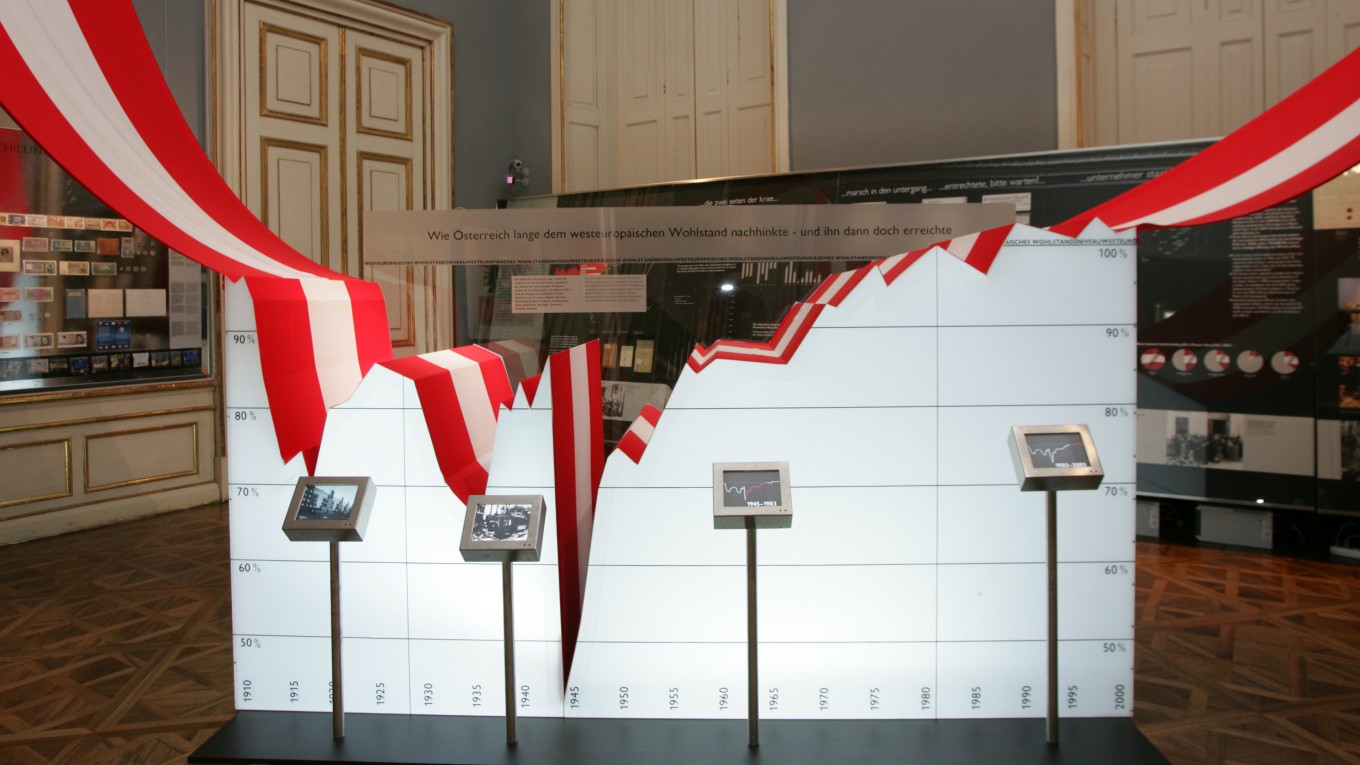
The focus of the presentation was a 250-metre long Austrian flag, which ran through all the exhibition rooms and acted as a ‘narrator’. Seventeen multimedia installations were woven into the flag making Austrian history an interactive experience.
'Ear Trumpets'
Listen to the flag: an audio installation consisting of original recordings from politicians from the first decade of the 20th century, such as Emperor Franz Joseph I.
'Slide Fabric'
Look into the flag: slides from the First World War are sewn into the fabric and can be viewed with a magnifying glass. The closeness this demands creates an intimacy that stands in deliberate contrast to the brutality of the images.
'Stepping on the Wehrmacht'
In 1938 Austria became a part of Germany and lost its flag. The exhibition flag is grey in this section with a bird’s eye view of marching Wehrmacht soldiers projected onto it. The projector is over a doorway so people are forced to march with and over the soldiers. Loudspeakers in the doorjamb play the sound of marching boots.
'Fabric Keyboard'
Typewriter keys are projected onto this section of the flag-path. Touching the keys triggers audio explanations of ‘key words’ dealing with the post-war occupation of Austria.
'Bow to the Flag'
The volume of the speakers embedded in this section of the flag is so soft that visitors must lean very close to hear the audio. They look as though they are bowing to the flag and so become an active part of the exhibition design.
'The Treaty of Independence'
The original treaty document (normally held in Russia, the last country to sign it) is being shown in Austria for the first time. In the central hall of the palace where the document is presented, the flag has no additional multimedia displays.
'Quote Ticker'
LED strips showing quotes from key works of Austrian literature are sewn into the flag.
'Bowl of Clichés'
In the north-eastern corner room, the flag becomes a giant ‘bowl’ of virtual flags. Visitors can stir it like noodles in a soup and, by doing so, bring words that represent Austrian stereotypes to the surface. Touching them brings up an explanation with accompanying images.
'Economic Sculpture'
In this space the flag becomes a sculptural info-graphic representing how Austria’s gross national product compared to Europe’s over the last 100 years.
'Flag Camera'
An old Super 8 camera pointing towards the flag is attached to a sliding mount. With this interface visitors can browse through old movies from private collections, which can then be projected onto the flag.
'Flag Microscope'
This space is dedicated to the relationship between Europe, Austria and the individual. Here, the flag is covered by a smooth, Europe-shaped surface with a cutaway in the shape of Austria. By looking into a microscope positioned over Austria, visitors see a satellite image of Europe. Lens adjustments trigger a flight from space down to Europe, into Austria, Vienna, and Belvedere Palace, then through the roof and ending with a live image of the viewer from a camera attached to the ceiling.
The New Austria was a joint project by ART+COM, Martin Kohlbauer (architect) and Wolfgang Luser.
ART+COM – Modern Austria

The focus of the presentation was a 250-metre long Austrian flag, which ran through all the exhibition rooms and acted as a ‘narrator’. Seventeen multimedia installations were woven into the flag making Austrian history an interactive experience.
'Ear Trumpets'
Listen to the flag: an audio installation consisting of original recordings from politicians from the first decade of the 20th century, such as Emperor Franz Joseph I.
'Slide Fabric'
Look into the flag: slides from the First World War are sewn into the fabric and can be viewed with a magnifying glass. The closeness this demands creates an intimacy that stands in deliberate contrast to the brutality of the images.
'Stepping on the Wehrmacht'
In 1938 Austria became a part of Germany and lost its flag. The exhibition flag is grey in this section with a bird’s eye view of marching Wehrmacht soldiers projected onto it. The projector is over a doorway so people are forced to march with and over the soldiers. Loudspeakers in the doorjamb play the sound of marching boots.
'Fabric Keyboard'
Typewriter keys are projected onto this section of the flag-path. Touching the keys triggers audio explanations of ‘key words’ dealing with the post-war occupation of Austria.
'Bow to the Flag'
The volume of the speakers embedded in this section of the flag is so soft that visitors must lean very close to hear the audio. They look as though they are bowing to the flag and so become an active part of the exhibition design.
'The Treaty of Independence'
The original treaty document (normally held in Russia, the last country to sign it) is being shown in Austria for the first time. In the central hall of the palace where the document is presented, the flag has no additional multimedia displays.
'Quote Ticker'
LED strips showing quotes from key works of Austrian literature are sewn into the flag.
'Bowl of Clichés'
In the north-eastern corner room, the flag becomes a giant ‘bowl’ of virtual flags. Visitors can stir it like noodles in a soup and, by doing so, bring words that represent Austrian stereotypes to the surface. Touching them brings up an explanation with accompanying images.
'Economic Sculpture'
In this space the flag becomes a sculptural info-graphic representing how Austria’s gross national product compared to Europe’s over the last 100 years.
'Flag Camera'
An old Super 8 camera pointing towards the flag is attached to a sliding mount. With this interface visitors can browse through old movies from private collections, which can then be projected onto the flag.
'Flag Microscope'
This space is dedicated to the relationship between Europe, Austria and the individual. Here, the flag is covered by a smooth, Europe-shaped surface with a cutaway in the shape of Austria. By looking into a microscope positioned over Austria, visitors see a satellite image of Europe. Lens adjustments trigger a flight from space down to Europe, into Austria, Vienna, and Belvedere Palace, then through the roof and ending with a live image of the viewer from a camera attached to the ceiling.
The New Austria was a joint project by ART+COM, Martin Kohlbauer (architect) and Wolfgang Luser.
MOST READ
2016-04-04
